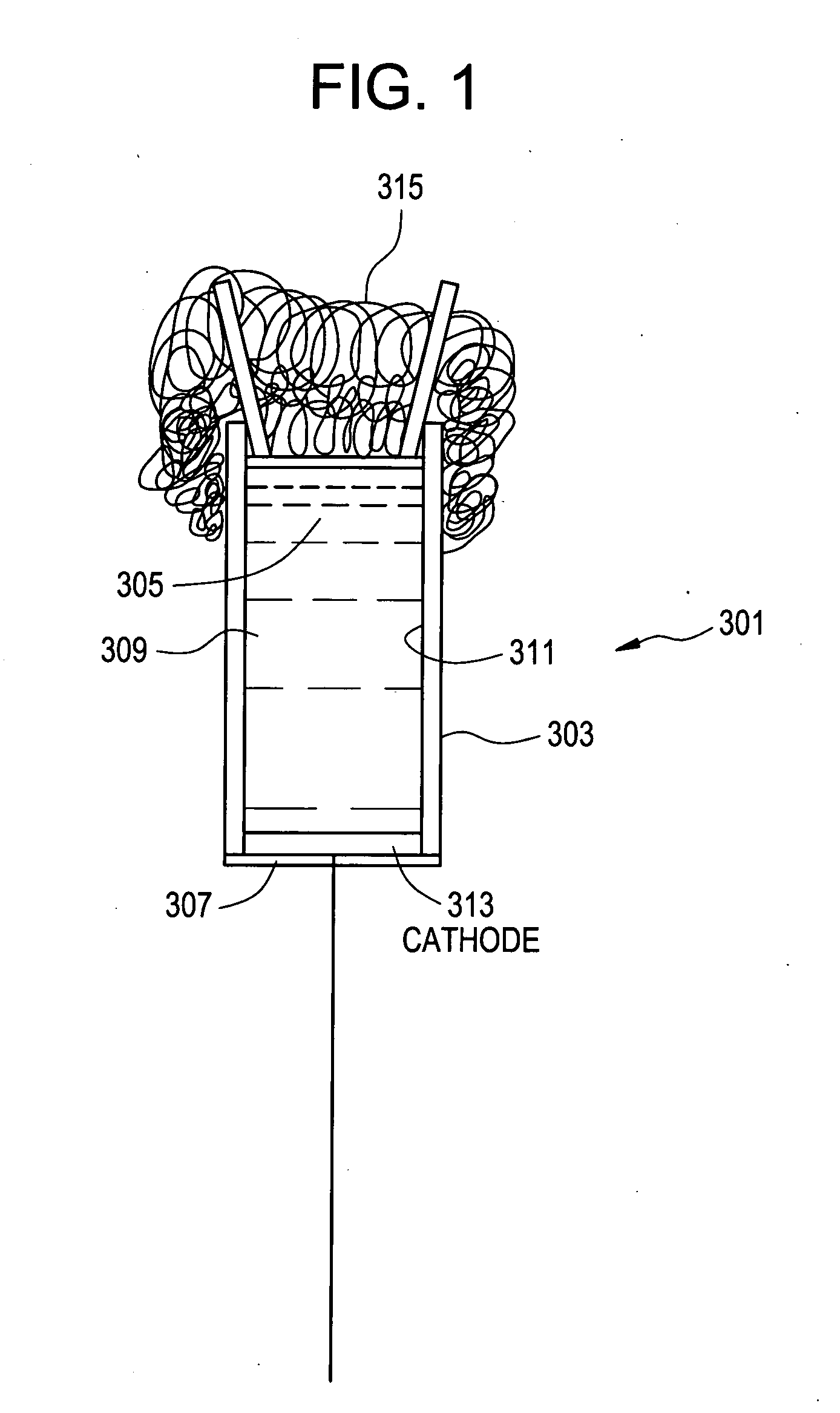Methods of delivering therapeutics to the brain
a brain and therapeutic technology, applied in the field of brain therapeutics, can solve the problems of difficulty in traversing the blood-brain barrier, disappointing clinical results, etc., and achieve the effect of facilitating delivery and high safety of both the initial product and the reaction produ
- Summary
- Abstract
- Description
- Claims
- Application Information
AI Technical Summary
Benefits of technology
Problems solved by technology
Method used
Image
Examples
Embodiment Construction
[0028] A number of theories have been proposed as to why reduced water has antioxidant properties. According to one theory, reduced water comprises activated hydrogen (which appears to be a hydrogen ion having a second electron, also called a “hydride” ion). See, e.g., Shirahata, Biochem. Biophys. Res. Comm. 234, (1997) 269-274. According to another theory, reduced water has antioxidant capabilities because it has a high activated dissolved molecular hydrogen. See, e.g., Hanaoka, J. Applied Electrochem. 31, 1307-1313, 2001. According to another theory, reduced water has antioxidant capabilities because is alters the ionic product of water. See, e.g., Hanaoka, Biophys. Chem. 2004 Jan. 1, 107(1) 71-82.
[0029] Regardless of the theory, it appears that providing reduced water to a CNS under oxidative stress will have the effect of detoxifying ROS within the CNS, thereby therapeutically lowering the oxidative stress.
[0030] Reduced water may have SOD-like activity. According to Kamanli, ...
PUM
| Property | Measurement | Unit |
|---|---|---|
| pH | aaaaa | aaaaa |
| current | aaaaa | aaaaa |
| PKa | aaaaa | aaaaa |
Abstract
Description
Claims
Application Information
 Login to View More
Login to View More - R&D
- Intellectual Property
- Life Sciences
- Materials
- Tech Scout
- Unparalleled Data Quality
- Higher Quality Content
- 60% Fewer Hallucinations
Browse by: Latest US Patents, China's latest patents, Technical Efficacy Thesaurus, Application Domain, Technology Topic, Popular Technical Reports.
© 2025 PatSnap. All rights reserved.Legal|Privacy policy|Modern Slavery Act Transparency Statement|Sitemap|About US| Contact US: help@patsnap.com



